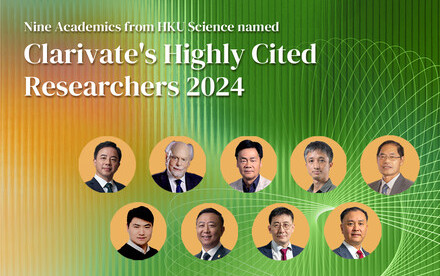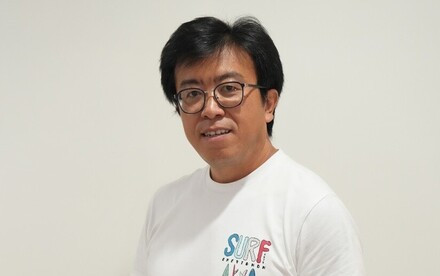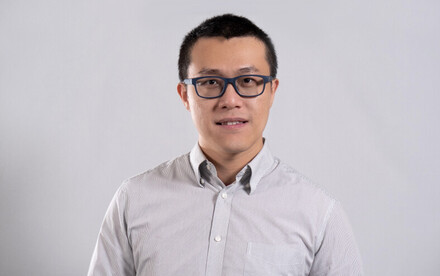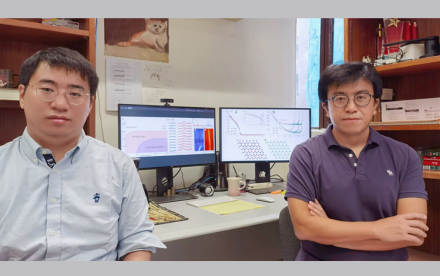23 Mar 2021
Newsletter spolights - "Do Physics", make a big impact!
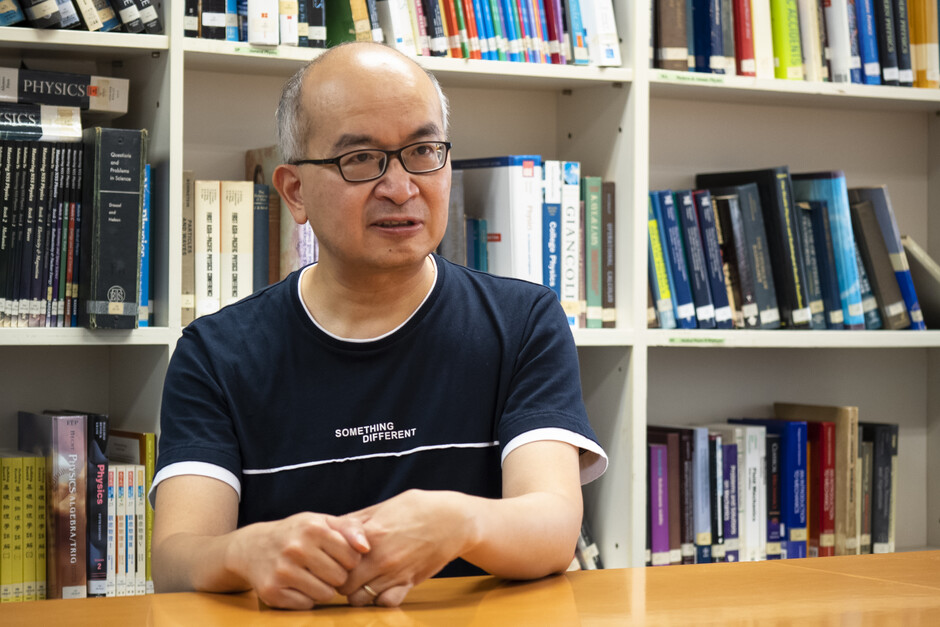
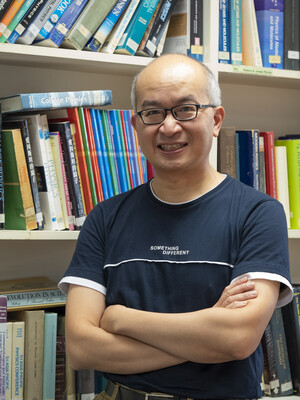
Professor Hoi Kwong LO
Director of Research Division for Physics & Astronomy and Chair Professor of Department of Physics
Professor Hoi Kwong LO has just entered a new chapter in his life – being appointed as the Director of Research Division of Physics and Astronomy. This is not only the first time he has taken up an administrative role in a university, but also the first permanent position that he has ever had in Hong Kong after three decades living abroad.
Professor Lo was born and raised in Hong Kong. His winning of the Prince Philip Scholarship in 1986 was a life-changing point for him, which allowed him to set sail and pursue his dreams in Cambridge. Since then, he started his prolonged journey in the UK and North America. “It's very exciting to be back to my home town. There‘s quite a change, but I’m happy to embrace the new chapter in my life. It’s like ‘give and take’ – I won a scholarship to Cambridge for undergraduate studies, and now I’ve got a chance to contribute back in some way,” said Professor Lo.
What you wear speaks for you. The subtle yet eye-catching quote “something different” imprinted on Professor Lo’s tee on the interview day made a statement for him. “Yes, I want a change.” As a top-notch scientist in the research domain of quantum information processing, he was among the first to demonstrate the impossibility of a whole class of quantum cryptographic protocols including quantum bit commitment, thus correcting an error that had been believed for a long time in the field. “I have achieved quite a bit throughout my research life, and now I hope I could make a bigger impact by influencing others.”
Formulating new strategies for scientific research
The Division has been traditionally strong in two strategic research areas: condensed matter physics and astrophysics. Under the new strategic direction, the Division will continue to retain its traditional strengths while expanding substantially in two new areas: quantum information science (QIS) and optics and photonics.
“Physics is very diverse. Our four strategic areas do represent some of the most active areas of physics research today.” QIS has become a strategic research initiative in many large firms, including IBM, Intel, Google, Microsoft and Alibaba, which are all investing heavily in quantum technologies including quantum computing. “Quantum computing not only can break standard encryption schemes such as Rivest–Shamir–Adleman (RSA), but also can lead to an exponential speed-up for some computational problems such as the simulations of quantum systems in quantum physics and quantum chemistry. Quantum cryptography, which is my own specialty, offers information-theoretic security (also known as the Holy Grail of communication security).” Besides the four strategic areas, the Division will also continue to investigate in nuclear physics and elementary particle physics through international collaborations.
Leveraging the Division’s long-standing existing strength on the theoretical side, it plans to grow substantially on the experimental side in the next few years. The primary mission of the Division as a research unit is to ‘do physics’. Since many of our academic staff, postdocs, and graduate students are highly capable and talented, I hold the vision that our Research Division could be a premier research centre in physics and astronomy.”
Interdisciplinary approach facilitates problem solving
The growing call for interdisciplinary research boosts synergy where cross-disciplinary knowledge can be integrated and broadened. Take Professor Lo as an example, he has been leading a career path highly related to interdisciplinary research. The power of interdisciplinarity is self-explanatory in Professor Lo’s story. “I studied mathematics for my bachelor‘s degree, and physics for my PhD. During my postdoc years, I did research in theoretical computer science. For the 17 years at the University of Toronto, I held a joint appointment across two faculties. Owing to my own experience, I am a firm believer in interdisciplinary research.”
One of the main growth areas will be quantum information science. The plan there is to establish an Institute of Quantum Science over the next few years, which combines the strengths in quantum matter (a part of condensed matter physics) and QIS. Moreover, it will include researchers in physics, chemistry, mathematics, computer science and engineering. In building up the Institute, the Division will need to reach out to other Divisions and Departments to explore joint appointments and collaborative projects.
“I also like to work with industries as I have had six years of industrial experiences with three years (1996-1999) at Hewlett-Packard Labs, Bristol, in the UK and three years (1999-2003) in a quantum start-up MagiQ Technologies, Inc. New York, NY. So, to make a big impact, we may need to collaborate with others. If people from different disciplines work together, they are likely to solve bigger scientific problems.”
Another important growth area is optics and photonics including optical metamaterials. It is also closely related to QIS. It involves both physicists and electrical engineers and it is a subject that involves both fundamental physics and real-life applications.
The Division has been very much in an uptrend in last few years. According to the last round of Research Assessment Exercise (RAE), its annual citations (ISI) have more than doubled from 6,856 in 2013 to 16,398 in 2018, which shows that the research activities have improved rather substantially in terms of both quality and quantity.
“We are doing outstanding research in condensed matter physics. For instance, Professor Wang YAO has got some very highly cited papers and is also a highly cited researcher. Besides that, we have been winning more awards including two Croucher Senior Research Fellowships and getting more research grants. We secured some funding from Collaborative Research Fund (CRF) – two by Professor Maohai XIE, one by Professor Jeremy LIM and the other one by Professor Zidan WANG.” As a leader of the Research Division, his mission is to create a good research atmosphere and maximise the potential of the Division. “I encourage our faculty members to think big and be ambitious in their research plans. This is the only key of making a difference to the society,” Professor Lo added.
| Achievements of Division members in recent years |
|---|
2020 Professor Wang YAO was elected as a fellow of American Physical Society and the Croucher Foundation Senior Research Fellowship Professor Shijie XU, Professor Mao Hai XIE and collaborators won the Ministry of Education Natural Science Award (2nd class) |
| 2017 Professor Xiaodong CUI was awarded the Croucher Foundation Senior Research Fellowship |
| Profile |
|---|
2019 Fellow of Optical Society(OSA) |
| 2018 Fellow of American Physical Society (APS) |
2003 Outstanding Young Researcher Award (OYRA) by the OCPA (Overseas Chinese Physicists Association) Premier’s Research Excellence Award |
| 1986 - 1989 Prince Philip Scholarship |



